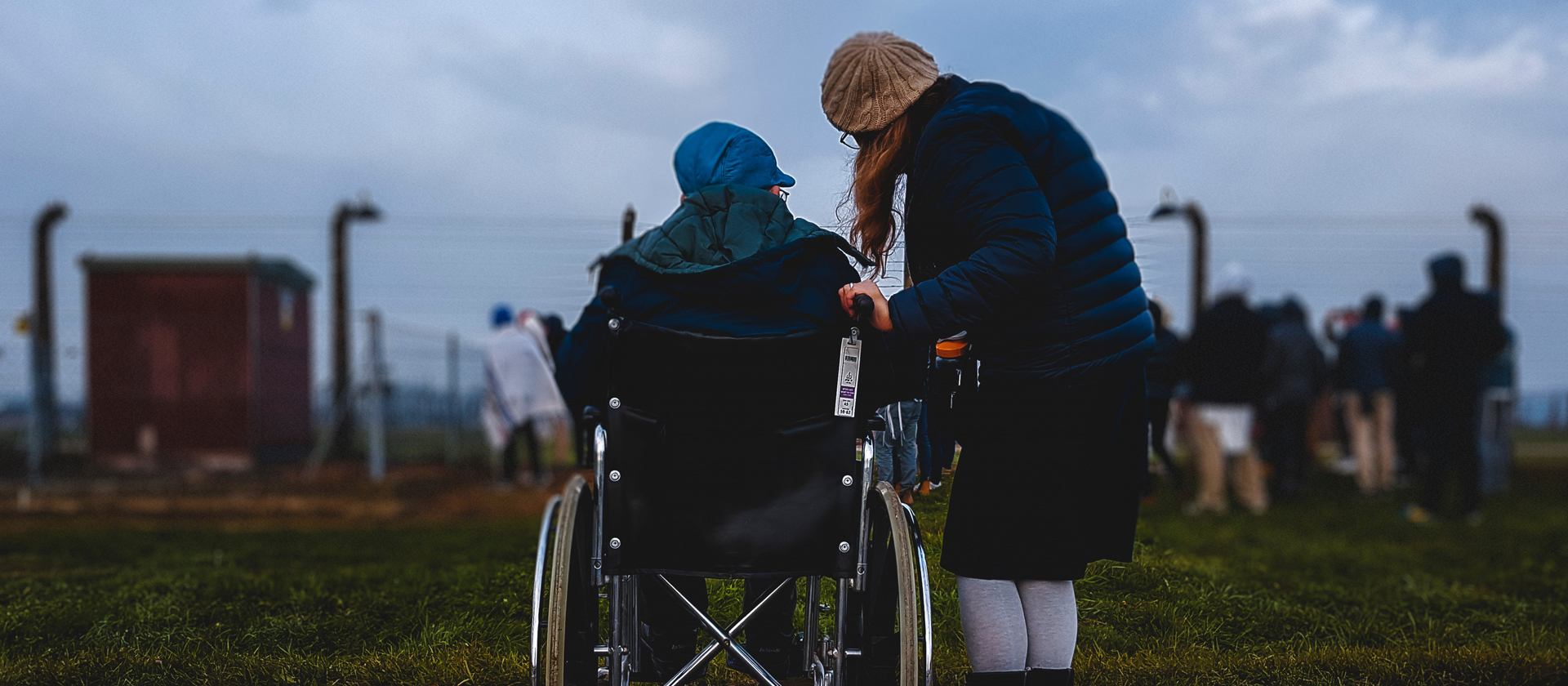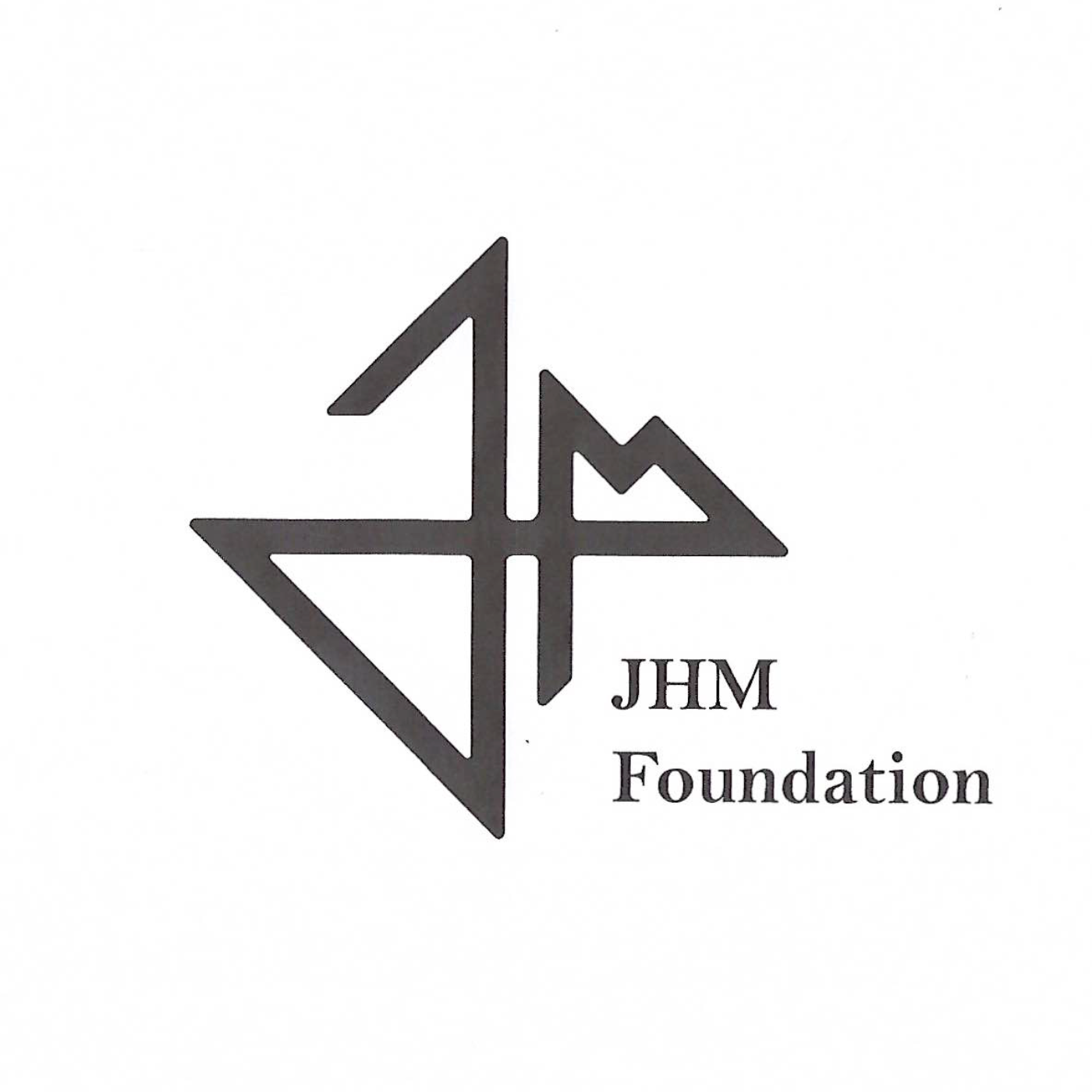About DV
Statistics show that women with disabilities are more likely to suffer domestic and sexual violence in their lifetime
than women without disabilities. Research on why people with disabilities (PWDs) are more likely to be abused show
that this is in part due to the fact that they are more often in institutions where people have control over them.
This means they are more often in circumstances where people have sanctioned power to take advantage of them.
People
with physical disabilities may need help with certain aspects of everyday life, which puts caretakers in a position
of power over them. Someone might abuse this power by refusing a person with physical disability transportation.
Another example of abuse is moving around important life objects so that a blind person can’t find them. An abuser
might intentionally keep information from a deaf person so that she can’t get help. Since these kinds of abuse take
advantage of certain disabilities, they are specific to survivors with disabilities. The above is also applicable
for abuse towards elderly/sickly family members.

Furthermore, stereotypes can often affect how abuse is perpetrated and whether or not someone can seek help and be
heard. For example, there are powerful stereotypes that people with intellectual disabilities should not be believed
– that they lie or don’t know what they are talking about. This translates to abusers feeling as if they have more
power to get away with abuse.
It also means that if a person with an intellectual disability tries to get help, they
are unlikely to be believed. Historically, abusive treatment has been used to treat or manage people with
disabilities in institutions and has been tragically used as medical treatment, which means that sometimes domestic
violence not only goes unrecognized but is condoned.
For assistance you may call specialized organization Bridge of Hope 010-560-134. http://bridgeofhope.am/ which offers trainings on the specifics of certain disabilities and can refer individuals to disability homes and interpreters.
Barriers to Reporting Abuse for PWD and the elderly:
- Survivors with difficulty communicating aren’t able to report the violence in a way that is understood by family or service providers.
- Some families are ashamed of having a child/family member with a disability, and reporting violence means exposing this shame.
- PWDs fear they won’t be believed.
- PWDs are told by the abuser that they will be hurt if they report abuse.
- PWDs fear losing a caregiver who they depend on for survival, so they believe that they have to tolerate a certain level of abuse.
- PWDs fear losing choice about where they live or fear being removed from their home.
- PWDs fear that they will be institutionalized if abuse in their home is found out.
Barriers to Service Provision among PWDs:
- Information/education is not accessible to PWDs since resources are not distributed in Braille or audio tape and do not define domestic violence in ways that may be specific to the ways people with disabilities are taken advantage of.
- Some victims lack skills/abilities necessary to independently seek help.
- Disabled victims may be at greater risk for losing child custody if they are viewed as being unable to care for children on their own.






































